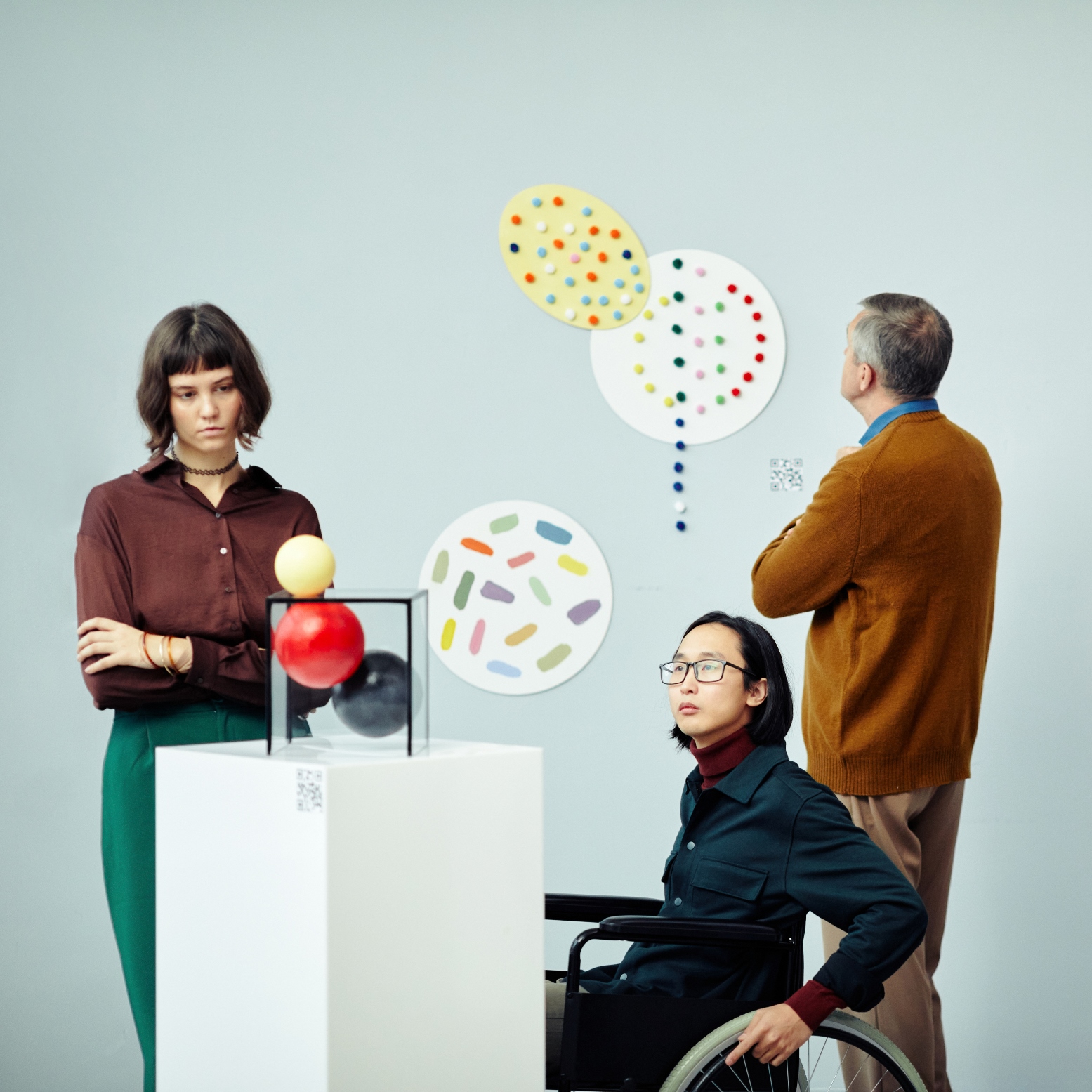Art installation for exhibitions is a carefully planned, structured process of arranging objects in the art space for the sake of delivering an immersive experience. Professionally installed and arranged art can engage viewers emotionally and intellectually, with each art object getting into the spotlight of visitor attention. Here are some tips for installing exhibition art the right way.
Concept Development for an Exhibition
Every exhibition starts with a clear, solid concept, which drives all other practical activities. A curator should understand what message or emotion they want to share, which will represent the exhibition’s focus. Based on that concept, often formulated in a concise exhibition statement, further selection of artwork, artists, mediums, and layout takes place. An even better approach is to strive for contextualization of the exhibition’s concept, which will give it greater cultural relevance and depth.
The Role of Space in Art Installation for Exhibitions
Art installation is not only about placing objects in a predetermined way. It is also about the transformation of the art space and the creation of specific environments. These spaces should guide the visitors with visual cues and enhance the impact of the displayed artwork with lighting, sounds, and creative structural solutions that give the exhibition a unique vibe and rhythm.
Installation Nuances Related to Materials and Mediums
Once a curator has a ready concept of the exhibition and understands the limitations of physical space, they may proceed with experimentation with choosing materials, art objects, and mediums to bring the main idea to life. Contemporary exhibitions are often arranged using a mix of traditional materials, such as wood, metal, or fabric, with modern digital technologies to enhance sensory perceptions. Daring experimenters also introduce reflective surfaces to create more dynamic exhibition experiences or introduce unusual materials to diversify the show. In most cases, such ideas start with small prototypes because they are too costly to fail.
Tips for Audience Engagement
One of the principles in contemporary art installation for exhibitions is to make it participatory. A variety of means can serve this goal, from motion sensors to touch elements and interactive art displays. These methods turn static exhibitions into actively engaging, dynamic shows. Viewer input is also encouraged, with visitors being able to influence art objects or even become part of the installed art.
With these tips in mind, one can approach art installation with an exploratory, experimental mindset. Yet, even when innovation takes over, every member of the installation team should keep to the highest industry standards of safe, delicate art handling.
